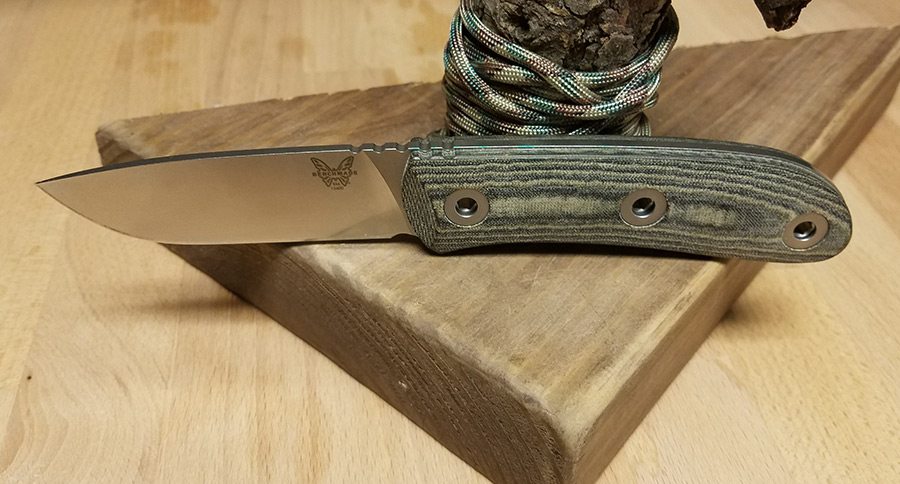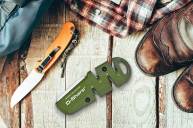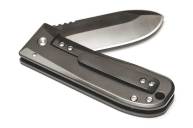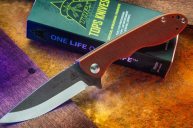Want to know what some of the backcountry experts at Wide Open Spaces have to say about the ideal wilderness knife?
There is a wealth of backcountry experience at Wide Open Spaces and several of our writers shared here what they thought were needed features in a solid, reliable wilderness knife.
For starters, our Senior Writer David Smith believes a good knife should have "a heavy blade with a very thick, smooth, 90-degree spine." He mentioned S30V as one of the few blade steels he prefers, and said that a drop point blade is ideal for the multitude of tasks a true wilderness knife needs to handle. Jobs like skinning and slicing are important in the wilderness and having thinner blades performs best at this, but having a stronger blade tip for prying is important too. The main theme here is that versatility is a major plus factor.
If a knife doesn't provide a firm grip, especially when it's wet, Senior Writer and seasoned wilderness survivalist Eric Nestor would rather live without it. Handles made of Micarta have become widely used for good reason, and a knife that employs the material correctly will feel far more secure than one that doesn't.
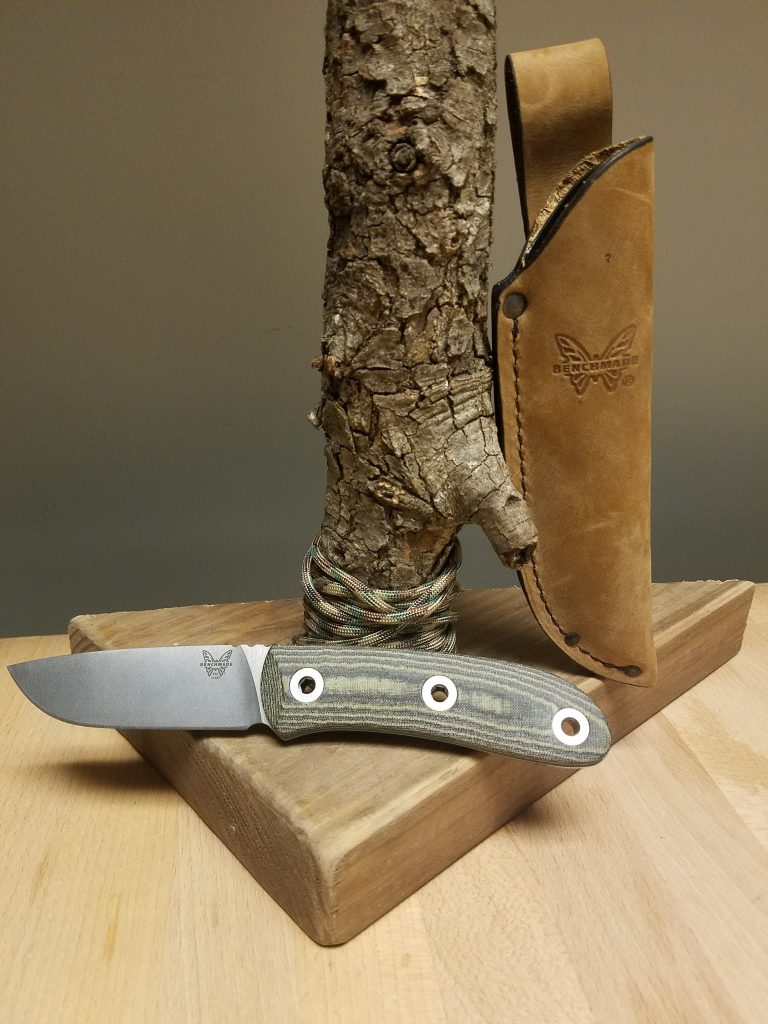
He added that a knife should always "hold a keen edge and feel lively in your hand." Plus, though it's sometimes overlooked, it "must be the right size for the job." A blade length that's too small will falter when bigger tasks (like cutting limbs for a wilderness shelter) are needed. On the other hand, if your blade length is too long, it will be cumbersome to carry and difficult to handle precisely when used for smaller jobs, like preparing small pieces of kindling for a backcountry fire.
It was really interesting to hear what Craig Raleigh, another one of our Senior Writers, had to say. "It's got to be a fixed blade with full tang and the hardest steel I can get," he requested. "I want a solid butt in case I need to pound with it."
A full tang, where the blade continues all the way through the entire profile of the handle, should be a given with any fixed blade knife. It's the only way it should be done, and it naturally allows for more reliability when you have to get creative and use the butt end for odd jobs in the woods, like pounding wooden stakes into the ground or giving a fresh-caught trout a quick dispatch before cooking it alongside the stream.
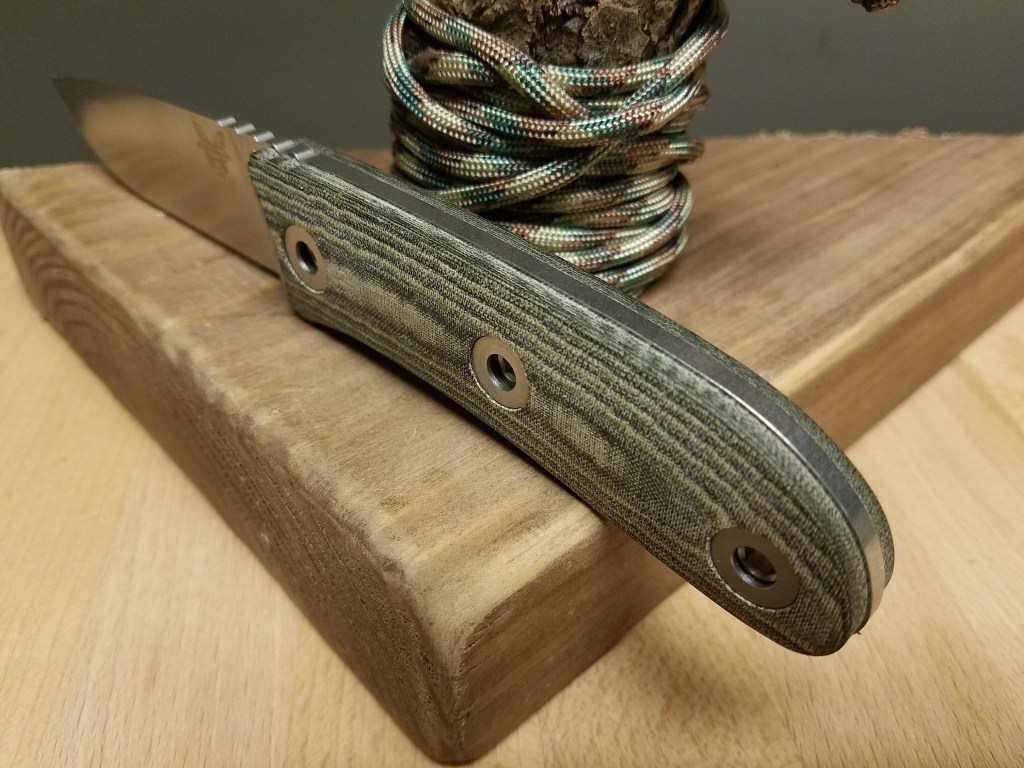
Our Editor in Chief, Eric Pickhartz, mentioned a few more things. "For one, if I can use the same knife for hunting and backcountry camping needs, I'm already checking a major box on my list," he said. Again, that multi-use factor comes into play. You never really know what you'll encounter in the wilderness, and if your survival depends on it, you'd rather have a do-it-all knife than a specialist, wouldn't you?
"An included sheath is nice too, but let's get down to it: I want a knife that's backed by a warranty," Pickhartz continued. "I want to know I am covered."
These are the parts that make up a good wilderness knife and we wanted to then connect our writers' requirements to a specific knife that covers them all. We found the Benchmade 15400 Pardue Hunter to be as close as we could get. It's a great example of the best wilderness and survival knife features coming together in a single package.
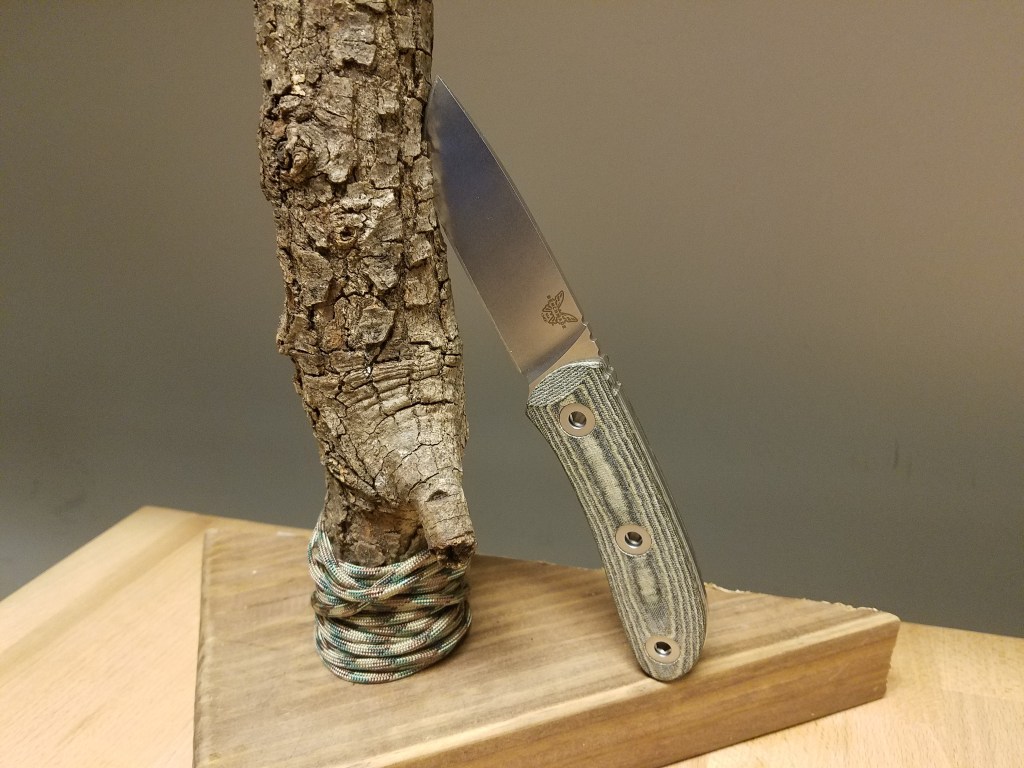
Most of us are hunters as well, and many of the same qualities can stretch across the categories.
The American-made Pardue Hunter has a 3.48" S30V steel blade, meeting the hardness and length needs, and the Micarta handle and included sheath add functionality and good looks. Though it's labeled a hunting knife, it's intended to be more of a crossover and the bushcraft and survival knife aspects are there. A sturdy, thick butt end can take a beating and the drop point blade maintains the strength and versatility needed in a good wilderness knife.
Plus, there's a genuine lifetime warranty and service program covering all Benchmade knives, known as LifeSharp, that is included in every purchase from an authorized dealer, or from Benchmade directly. Any defects will be repaired or replaced, as long as they aren't due to blatant neglect or misuse.
Everyone's preferences can vary, but it's good to come to a general consensus in terms of what to look for in a quality knife. Different jobs call for different features, but keeping these basic needs in mind will help guide you to a wilderness knife that you can rely on.
NEXT: HOW TO GIFT A KID THEIR FIRST KNIFE (AND WHAT TO TEACH THEM IMMEDIATELY AFTER!)
